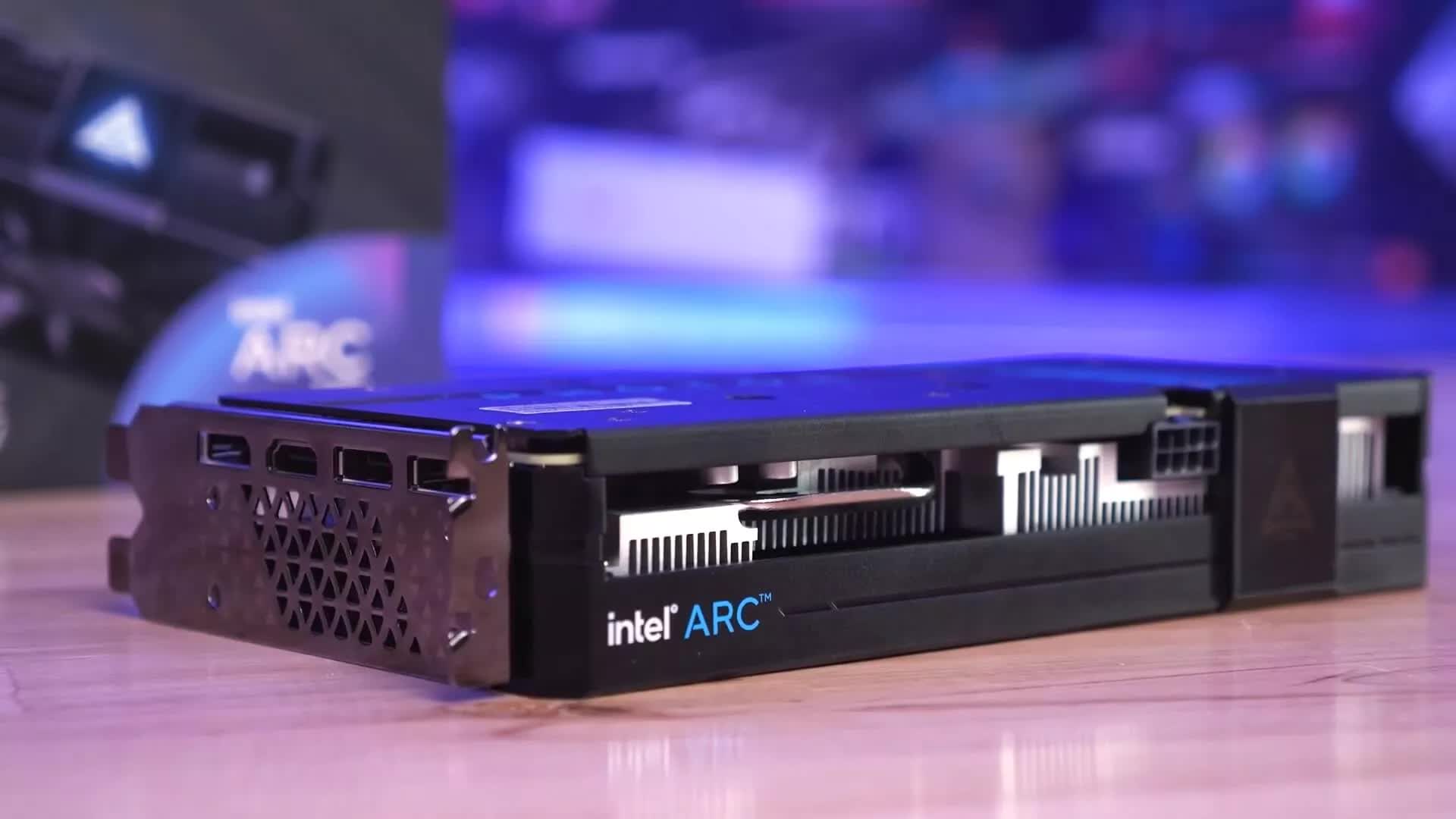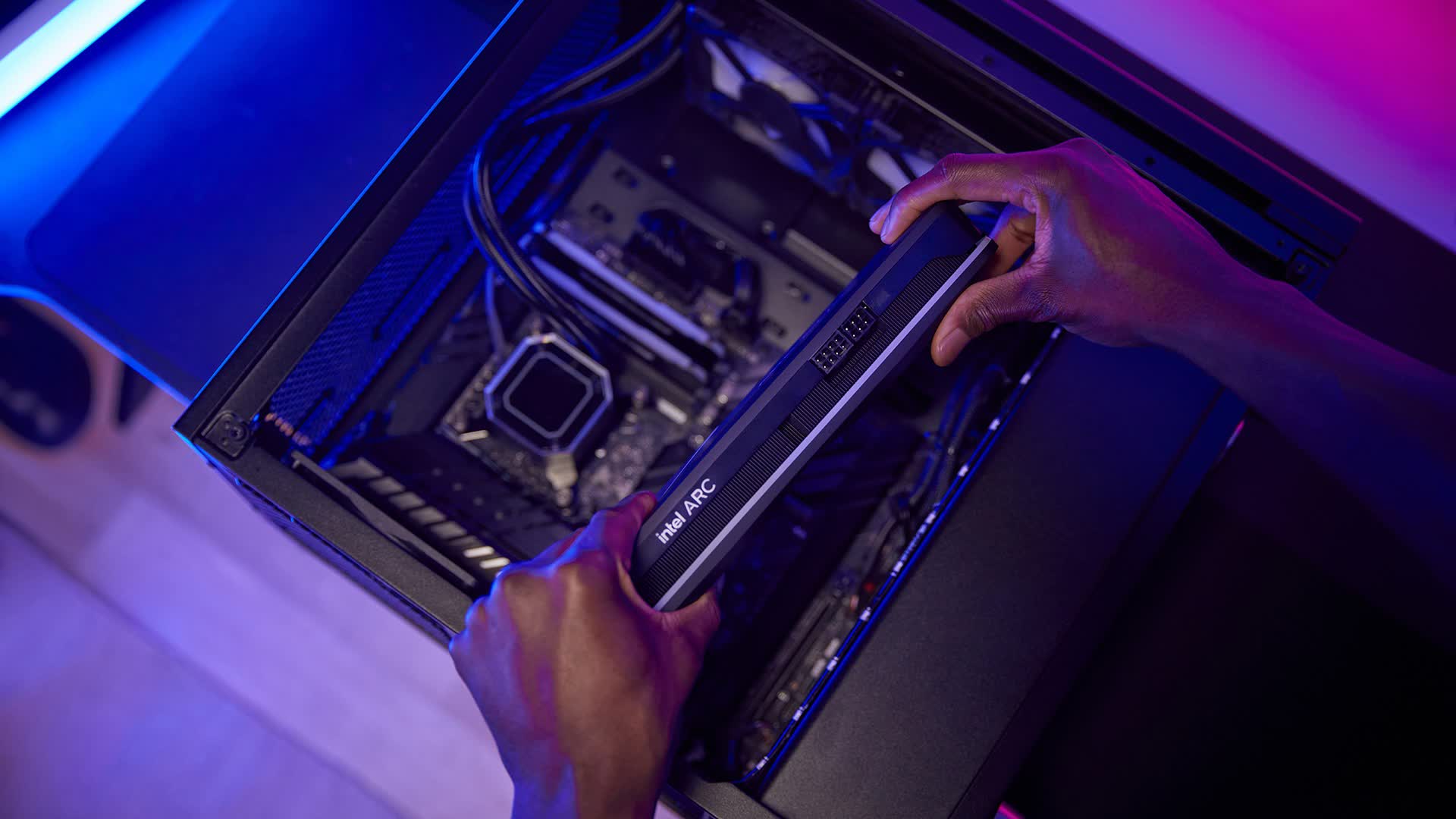Rumor mill: Intel has remained tight-lipped about its plans for next-generation Battlemage graphics cards so far, but they're certainly hoping to avoid the multiple delays that plagued the launch of the Alchemist lineup in 2022. Recent leaks and reports indicate that the company wants to begin shipments before the end of this year.

Sources at the 2024 Embedded World Conference told ComputerBase that Intel hopes to introduce its second-generation dedicated graphics cards – codenamed Battlemage – before Black Friday this year. The new GPUs could launch around November, provided the company meets its timetable.
A leaked internal roadmap and a public presentation slide from last year indicated that Intel intended to release Battlemage sometime in 2024. The report from Embedded World suggests that Chipzilla wants to beat the holiday shopping season, during which it'll likely compete against new graphics cards from Nvidia and AMD.
Still, Intel has to prove it can maintain its roadmap, which it missed when launching the Alchemist series in 2022. The company planned to reach wide availability early that year. Instead, it only managed a slow rollout in China before shipping the Arc A750 and A770 to other countries in October.

The delays put Alchemist behind the performance curve compared to its contemporaries – budget and mainstream models from Nvidia's RTX 4000 series and AMD's Radeon RX 7000 lineup. Inefficient drivers have also been a chronic problem for Intel, but numerous software updates have dramatically improved DirectX 9 and DirectX 11 performance on Arc cards. Significant improvements for XeSS and PresentMon also show that Intel remains committed to dedicated GPUs despite the setbacks.
Exact details on individual Battlemage cards are scarce, but it's possible that the new generation will feature an enthusiast-level GPU, unlike Alchemist which only included mainstream and entry-level products. Based on the Xe2 microarchitecture, Intel's next generation GPUs should arrive with improvements in rasterization, ray tracing, and AI upscaling.
Graphics card vendors expect Nvidia to unveil enthusiast and high-end RTX 5000 products in the fourth quarter of this year. The upcoming GeForce RTX 5080 could handle ray tracing on par with the current flagship, the RTX 4090. Meanwhile, that card's successor – the 5090 – is expected to provide a 70-percent performance boost and a 512-bit memory bus. Both cards and possibly the RTX 5070 will reportedly include GDDR7 VRAM.
Meanwhile, AMD should launch its RDNA 4 series sometime this year, but it will only include mid-range and mainstream hardware. Recent reports indicate that a mid-range Radeon RX 8000 card might outperform the RTX 4070Ti at a much lower price.
Intel expected to unveil faster Battlemage GPUs by the holiday season



